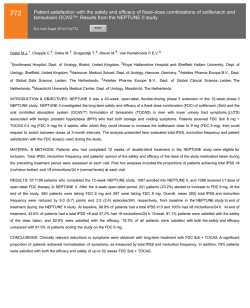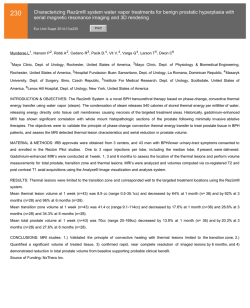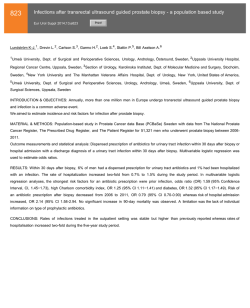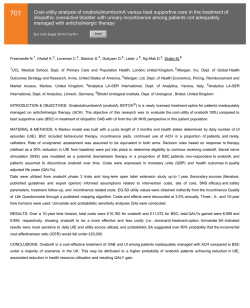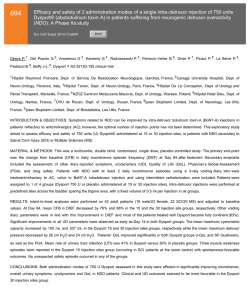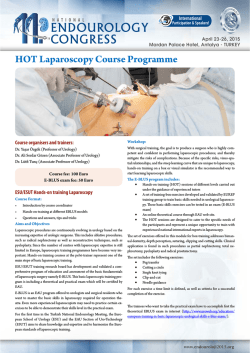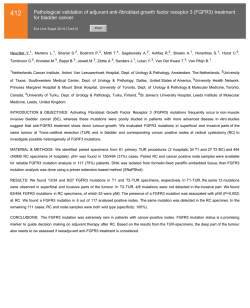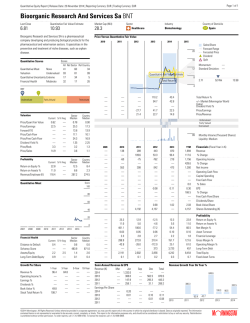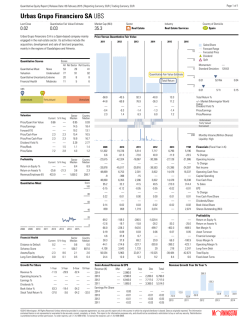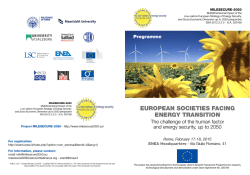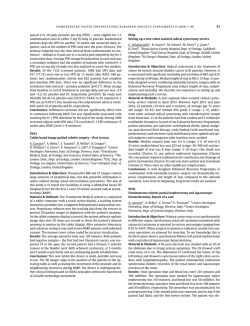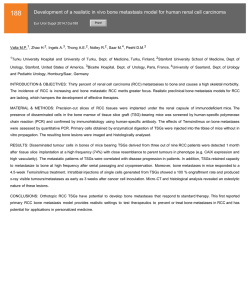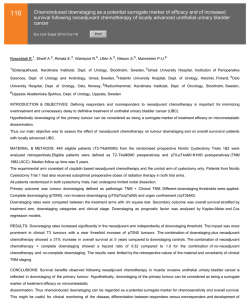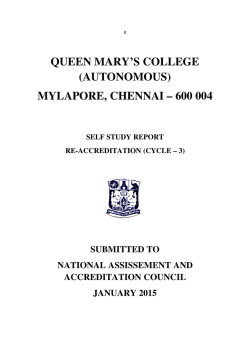
1-s2.0-S1569905614607624-main
774 Serenoa repens, lycopene and selenium vs tamsulosin in the treatment of LUTS/BPH: An Italian multicenter randomized comparative study between single or combination therapies (Procomb Study) Eur Urol Suppl 2014;13;e774 Print! Print! Morgia G.1 , Russo G.I. 1 , Voce S. 2 , Gentile M. 3 , Giannantoni A. 4 , Blefari F.5 , Carini M. 6 , Minervini A. 6 , Ginepri A. 7 , Salvia G.8 , Vespasiani G.9 , Allegro R.1 , Collura Z.1 , Arnone S. 10 , Pareo R.M. 11 1 University of Catania, Dept. of Urology, Catania, Italy, 2 Ospedale Ravenna, Dept. of Urology, Ravenna, Italy, 3 ASL Avellino, Dept. of Urology, Avellino, Italy, 4 University of Perugia, Dept. of Urology, Perugia, Italy, 5 'Ospedale Misericordia E Dolce, Dept. of Urology, Prato, Italy, 6 University of Florence, Dept. of Urology, Firenze, Italy, 7 Istituto S. Camillo, Dept. of Urology, Rome, Italy, 8 ASP Acireale, Dept. of Urology, Acireale, Italy, 9 University of Tor Vergata, Dept. of Urology, Rome, Italy, 10 Lugo Hospital, Dept. of Urology, Ravenna, Italy, 11 Regina Margherita Hospital, Dept. of Urology, Rome, Italy INTRODUCTION & OBJECTIVES: Benign prostatic hyperplasia (BPH) is one of the most frequent causes of Lower Urinary Tract Symptoms (LUTS) in men. Despite the improvement in symptoms by the conventional medical therapy, side effects may limit adherence to treatment. For these reasons some phytotherapy is currently used with the aim of improving the symptoms and to limit adverse effects. The following multicenter randomized protocol aimed to evaluate the efficacy and tolerability of the combination therapy between SeR, Ly and Se (Profluss ®) + tamsulosin versus monotherapies with Ser, Ly and Se (Profluss ®) or tamsulosin in patients with LUTS / BPH. MATERIAL & METHODS: From March 2011 to March 2012, 225 patients from 11 Italian centers were enrolled in this randomized, doubleblind study. The inclusion criteria were: age between 55 and 80 years old, absence prostate cancer, PSA £4 ng/ml, IPSS≥12, prostate volume≤ 60 cc, peak flow ≤ 15 ml/s, post -void residual (PVR) <150 ml. The participants were randomized with a 1:1:1 ratio into 3 treatment arms each consisting of 75 patients: group A ( Profluss ® 1 tablet per day for 1 year), group B ( tamsulosin 0.4 mg 1 tablet a day for 1 year) and group C ( Profluss ® 1 tablet per day for 1 year + tamsulosin 0.4 mg 1 tablet per day for 1 year). The primary endpoints of the study were the reduction in the IPSS score (≥ 3 points from baseline IPSS and a response rate ≥ 25% of IPSS ), the increase in peak flow ( ≥ 30 % from the baseline) and the reduction in PVR in patients treated with Profluss ® + tamsulosin compared to monotherapies. RESULTS: Of all patients, 219 patients completed 12 months of treatment. The treatment groups were statistically balanced. In all groups, significant differences were found between baseline and 12 months in terms of IPSS (p < 0.001), percentage change IPSS (p <0.001), peak flow (p <0.001), percentage change in peak-flow (peak-flow %) (p <0.001), PVR (p < 0.001) and prostate volume (p < 0.05). At the intergroup analysis, significant differences were found between group C and group A in terms of IPSS (median change: -2, p<0.01), IPSS% (median change: -9.3, p<0.01), peak-flow (median change: 1, p = 0.04), peak-flow% (median change: 10.5, p = 0.02) and PVR (median change: -20.0, p=0.001 ). We demonstrated a significant increase of at least 3 points in the IPSS in 71.6 % of subjects in group C when compared to group A ( 53.7 %, p = 0.01) and group B (51.3 %, p = 0.04 ), a significant decrease of 25% of the IPSS in 44.6 % of patients in group C compared to group A ( 23.9 %, p = 0.004 ) and group B (23.1 %, p = 0.002 ) and a significant increase of 30 % of peak-flow in 47.30 % of patients of Group C compared to group A (29.85%, p=0.03) and group B (30.77%, p=0.03). Significant differences were found in terms of IPSS (median change: -2.0, p = 0.002 ), IPSS% (median change: -9.0, p=0.008), peak-flow (median change: 0.8, p=0.04) and peak-flow% (median change: 6.4, p=0.02) between group C and group B. No difference between the two groups in terms of PVR (p=0.23). CONCLUSIONS: In this multicenter, randomized, double-blind study the combination therapy with Ser-Se-Ly + tamsulosin 0.4 mg for 1 year was demonstrated to be more effective than the individual monotherapies in terms of reduction of the symptom score (IPSS) and in terms of increasing the Qmax in patients suffering from moderate to severe LUTS / BPH.
© Copyright 2025
